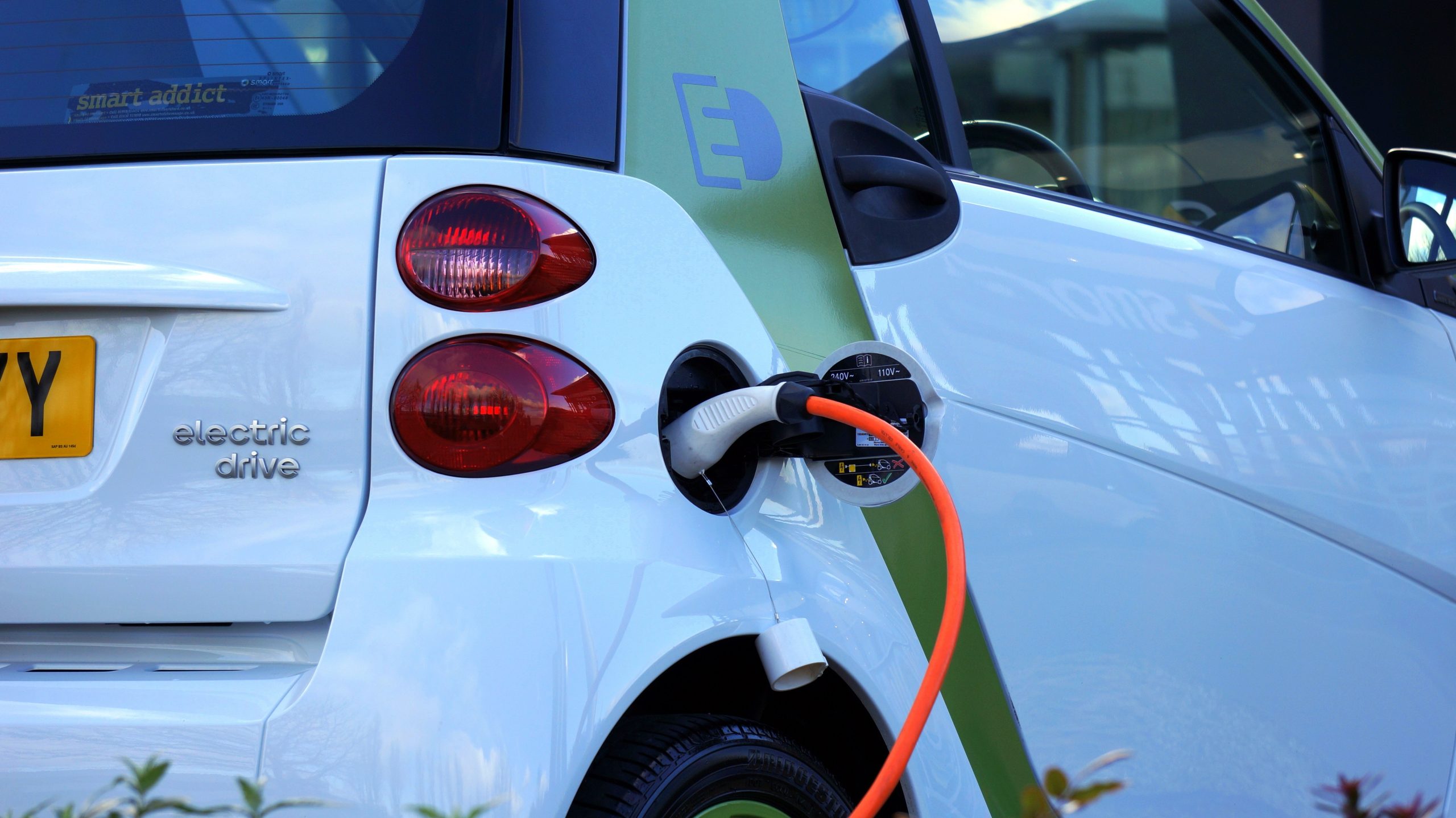- en
- fr
How will gas station economics change in the future of electric vehicle charging?
Gas station numbers have been steadily declining over the last three decades, and the trend is expected to continue, with at least a quarter of service stations worldwide at risk of closure by 2035 unless significant business model changes are implemented, according to consulting firm BCG.

As electric vehicles become more prevalent, some gas stations are undergoing costly renovations to include EV charging stations. Location, cost, power requirements, and conversion time are just a few of the factors that go into a gas station’s decision to convert all or part of its existing infrastructure to allow for EV charging.
“Figuring out how to do this on an active site can be complex and challenging,” said Neha Palmer, chief executive of TeraWatt Infrastructure, which is developing a network of electric vehicle charging centers for fleet operations across California, Arizona, and New Mexico. “How do you sequence the construction when you have vehicles that might want to fuel there?”
Adding EV chargers is a defensive and offensive play for large oil companies. According to Shubhendra Anand, vice president of research and strategy at Market Research Future, the number of gas stations has been steadily declining over the last three decades and is expected to continue in the coming years. According to consulting firm BCG, at least a quarter of service stations worldwide are at risk of closure by 2035 unless significant business model changes are made.
In addition to the Fulham location, Shell has EV-charging-only mobility hubs in China and the Netherlands. According to an email statement from Barbara Stoyko, senior vice president of mobility for Shell Americas, the company plans to own more than 70,000 public EV charge points worldwide by 2025, and 200,000 by 2030.
Others

